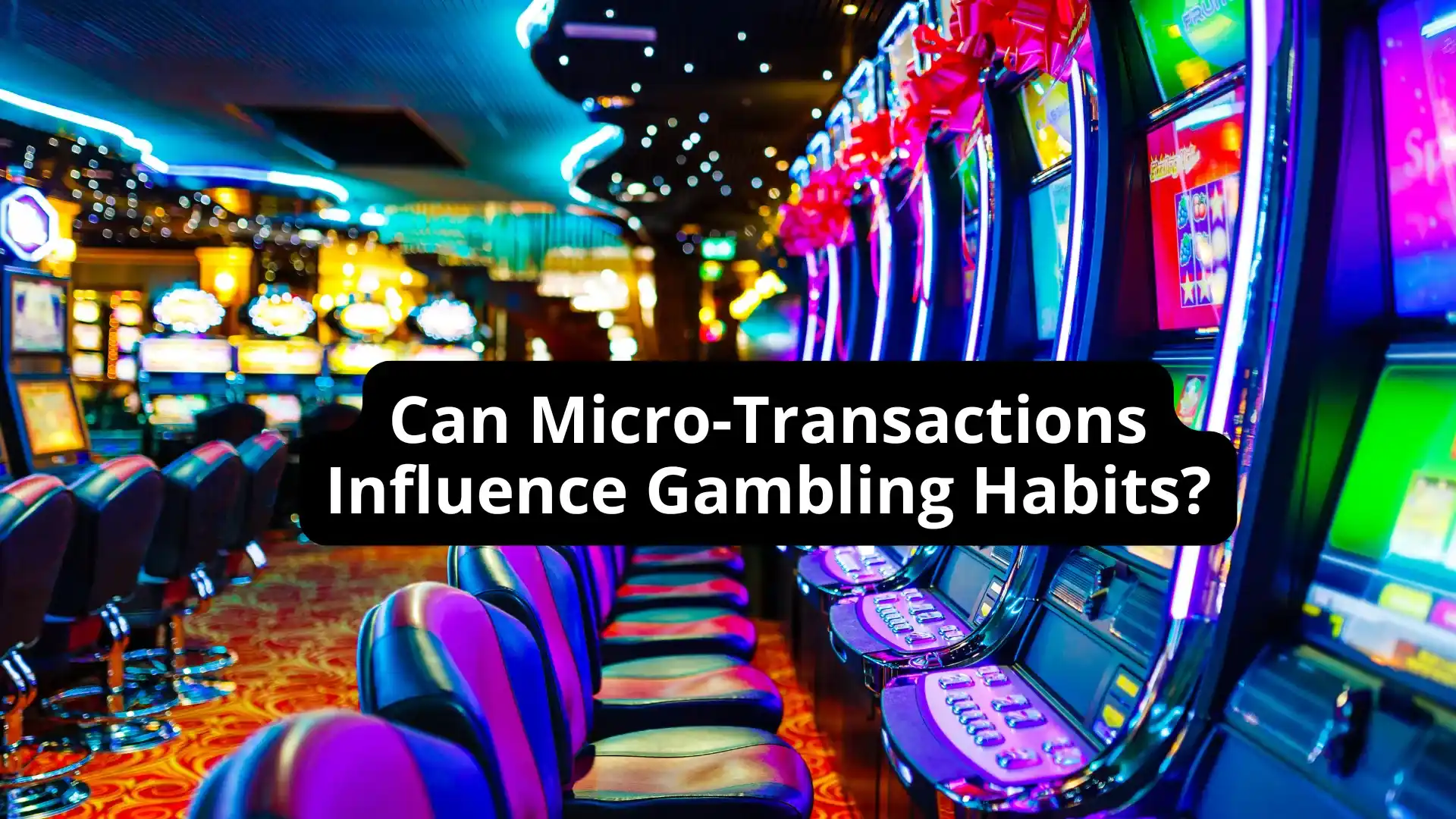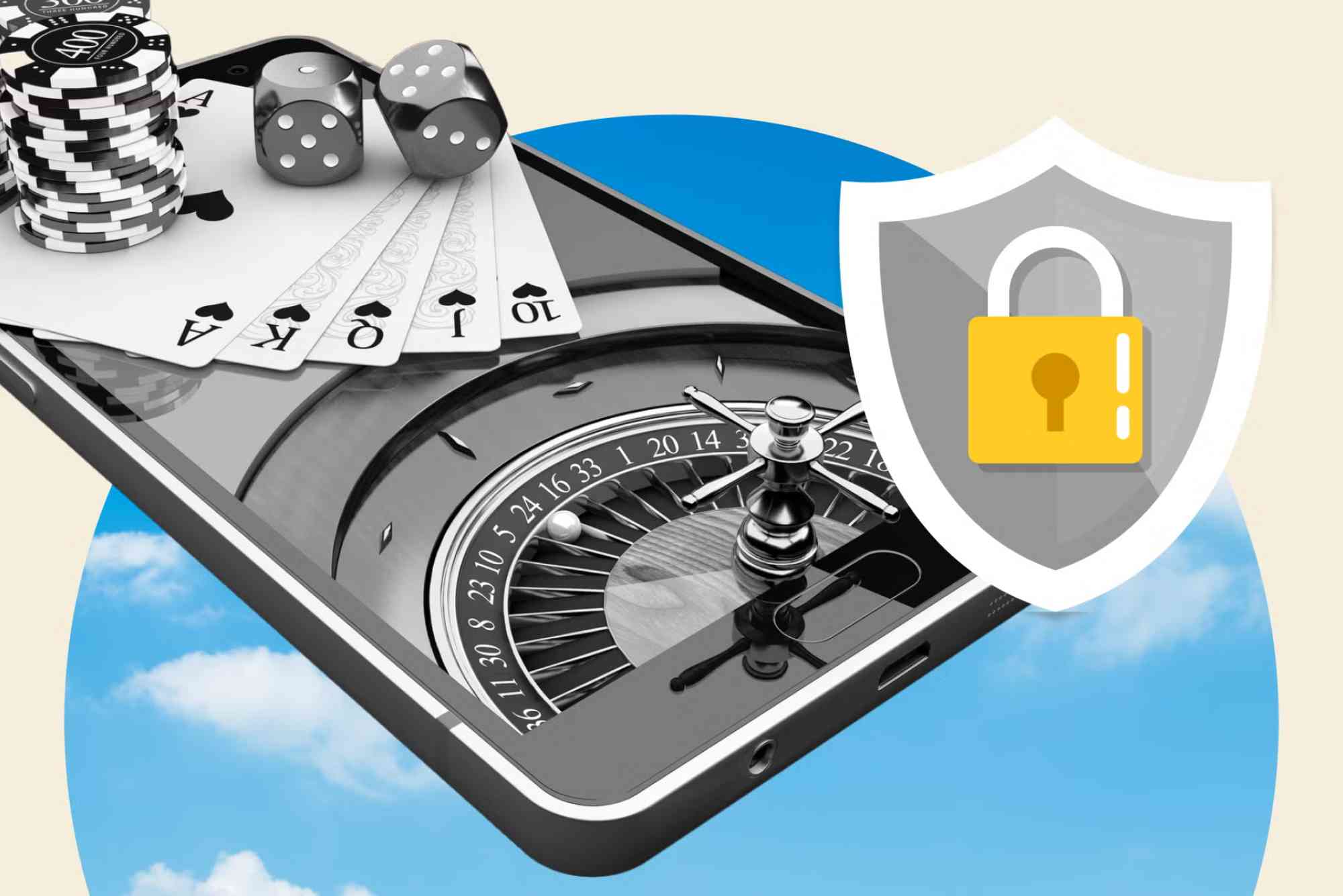The way people interact with games and gambling platforms has evolved dramatically over the last decade. One of the biggest shifts has been the rise of micro-transactions — small, frequent digital payments that players make for add-ons, upgrades, or extra chances to play. While micro-transactions are often associated with video games, their influence on gambling is increasingly significant.
Casinos and online betting platforms have adopted elements of micro-transaction design to shape user behavior. From bonus spins and in-game currency to one-click deposits, these tiny financial commitments can add up to major changes in how players approach gambling. But do they really alter habits, or are they just another feature in a modern digital economy?
The Psychology Behind Micro-Transactions
At their core, micro-transactions are designed to lower the barrier to spending. Paying £2 for a handful of in-game credits feels more approachable than wagering £50 in one go. The smaller the payment, the less significant it feels, even if the total spend ends up being much higher over time.
This principle overlaps strongly with gambling. Online platforms, especially uk slot sites, often integrate micro-payment systems that allow players to top up balances with minimal effort. Instead of a large, considered deposit, players are encouraged to make small, frequent additions to their bankroll. This structure normalizes spending and can influence habits by making gambling feel more casual and continuous, rather than event-based.
The instant gratification of micro-transactions also feeds into what psychologists call the “reward loop.” Each small purchase is tied to the anticipation of a reward, whether that’s unlocking a new feature or triggering a bonus round. Over time, this loop can blur the line between entertainment and financial risk.
How Micro-Transactions Blend With Gambling Mechanics
Gambling already thrives on mechanics like near misses, streaks, and random rewards. Micro-transactions amplify these effects by offering quick ways to extend play. For example, if a player is close to triggering a bonus game but runs out of credits, a micro-transaction provides an immediate lifeline.
This creates what experts call “sunk cost thinking.” Because a player has already invested small amounts, they’re more likely to keep topping up in hopes of achieving a payoff. It’s a subtle but powerful driver that can transform short sessions into long, expensive habits.
Some online platforms also use tiered micro-transaction offers, such as “buy 10 spins for £1” or “add £5 and receive a bonus credit.” These promotions encourage players to rationalize small payments as “value purchases,” even though the underlying odds haven’t changed.
Real-World Examples of Influence
Many stories from gamblers highlight how micro-transactions reshape their playing style. Players who might never commit to a £100 deposit often find themselves spending similar amounts through multiple small top-ups across an evening. The ease of adding funds through mobile wallets or one-click payments removes friction, making gambling more accessible but also more persistent.
The crossover with gaming is also significant. Younger generations who grew up with micro-payments in mobile games or console ecosystems may carry those habits into gambling environments. For them, paying small amounts frequently doesn’t feel unusual — it feels normal. Casinos and betting operators are well aware of this cultural shift and design platforms accordingly.
Are Micro-Transactions Harmful or Harmless?
The answer depends on perspective. For casual players, micro-transactions can make gambling more enjoyable by removing the need for large upfront commitments. They provide flexibility, letting players set their own pace and spend in smaller increments.
However, for vulnerable players, the risks are more pronounced. The normalization of small, repeated payments can mask the true financial cost of gambling. Someone who wouldn’t dream of spending £200 at once might easily spend that amount across 40 small transactions. The psychology of “it’s just a couple of pounds” becomes a dangerous trap.
Regulators have started to take notice. In some jurisdictions, discussions are underway about limiting the way micro-transactions are marketed or ensuring that platforms display clearer spending summaries. Transparency is increasingly seen as essential in protecting consumers.
Building Responsible Habits in a Micro-Transaction Era
For players, awareness is the strongest defense against developing unhealthy habits. Setting clear budgets, using spending trackers, and treating every micro-payment as part of the bigger financial picture are key strategies. Many platforms now provide tools like deposit limits and reality checks to help players stay in control.
For operators, the challenge is to balance profitability with responsibility. Offering micro-transactions without encouraging overuse requires careful design. Transparent reminders about cumulative spending, clear odds disclosures, and self-exclusion tools are becoming industry standards. The goal is not to eliminate micro-transactions but to integrate them ethically.
Looking Ahead: The Future of Gambling and Micro-Spending
As digital ecosystems expand, micro-transactions will continue to shape gambling. Their convenience and familiarity make them appealing to both operators and players. At the same time, scrutiny from regulators, consumer advocates, and researchers will likely grow.
The future of gambling may involve hybrid systems that combine micro-transactions with enhanced responsible gaming features. For example, platforms could automatically alert players when cumulative spending hits a threshold or gamify budgeting to encourage healthier play.
What’s clear is that micro-transactions aren’t going away. Instead, they will likely evolve into more sophisticated tools that influence not only how players gamble but how they perceive value, risk, and reward in digital entertainment.
Conclusion
Micro-transactions have already transformed gaming, and their influence on gambling is undeniable. By lowering barriers to spending and extending playtime, they reshape habits in ways both subtle and significant. While they provide flexibility and convenience for many, they also carry risks of overspending and habit formation that cannot be ignored.
For players, the challenge is to recognize the cumulative impact of small payments and stay mindful of long-term costs. For operators, the responsibility lies in creating transparent, ethical systems that prioritize player wellbeing. The intersection of micro-transactions and gambling is complex, but understanding its influence is the first step toward ensuring that the experience remains entertaining rather than harmful.




